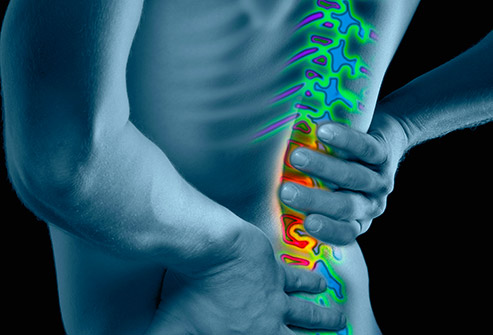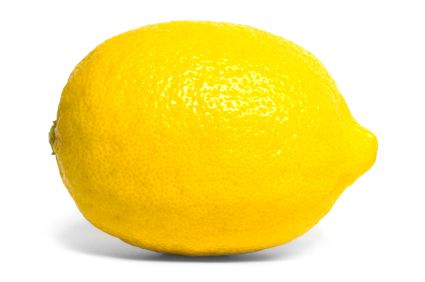Jaundice in Newborns – Natural Treatment – Phototherapy
What is jaundice in newborns?
Jaundice is a condition that makes a newborn’s skin and the white part of the eyes look yellow. It happens because there is too much bilirubin in the baby’s blood (hyperbilirubinemia). Bilirubin is a substance that is made when the body breaks down old red blood cells.
Jaundice usually is not a problem. But in rare cases, too much bilirubin in the blood can cause brain damage (kernicterus). This can lead to hearing loss, mental retardation, and behavior problems.
In healthy babies, some jaundice almost always appears by 2 to 4 days of age. It usually gets better or goes away on its own within a week or two without causing problems.
In breast-fed babies, mild jaundice sometimes lasts until 10 to 14 days after birth. In some breast-fed babies, it goes away and then comes back. Jaundice may last throughout breast-feeding. This isn't usually a problem as long as the baby gets enough milk by being fed at regular times.
Your doctor probably will ask you to keep checking your baby at home to make sure the jaundice is going away. Your baby will need a follow-up exam within the first 5 days after birth. Call your doctor if the yellow color gets brighter after your baby is 3 days old.
What causes jaundice in newborns?
Jaundice occurs because your baby’s body has more bilirubin than it can get rid of. Bilirubin is made when the body breaks down old red blood cells. It leaves the body through urine and stool. During pregnancy, your body removes bilirubin from your baby through the placenta. After birth, your baby’s body must get rid of the bilirubin on its own.
Breast-fed newborns can become dehydrated easily if feedings are spaced too far apart. This lack of enough milk in the body makes it harder for your baby to get rid of wastes such as bilirubin. Also, some of the things that make up breast milk can change the way the body removes bilirubin.
In rare cases, too much bilirubin may be caused by infections, a problem with the baby’s digestive system, or a problem with the mom’s and baby’s blood types (Rh incompatibility). Your baby may have one of these problems if jaundice appears less than a day after birth.
What are the symptoms?
Jaundice can make your baby’s skin and the white part of the baby’s eyes look yellow. You may see the yellow color between 1 and 4 days after birth. It shows up first in the baby’s face and chest. Babies who have bilirubin levels that are too high may have a high-pitched cry. They also may be sluggish and cranky.
How is jaundice in newborns diagnosed?
Your baby’s doctor will do a physical exam and ask you questions. The doctor may ask about:
- Your general health, especially during your pregnancy.
- Whether your baby was born early (prematurely) or at full term.
- Whether there were any problems with the birth.
- Your baby's birth weight and whether the baby has lost or gained weight since birth.
- Your baby's feeding and elimination habits.
- Your blood type and whether you and the baby have a problem with Rh incompatibility.
- Any family history of health problems that could cause jaundice.
A blood test for bilirubin may be done to find out if your baby needs treatment.
More tests may be done if the doctor thinks that a health problem is causing too much bilirubin in the blood.
How is it treated?
Most of the time no treatment is needed for jaundice, because it usually goes away on its own. If you are breast-feeding, you may be able to help reduce the jaundice by feeding your baby about 8 to 12 times a day.
Sometimes babies with jaundice are put under a type of fluorescent light. This is called phototherapy . The skin absorbs the light. This changes the bilirubin so that the body can more easily get rid of it in the stool and urine. The treatment is usually done in a hospital. But babies sometimes are treated at home.
If a health problem caused the jaundice, your baby may need other treatment.




